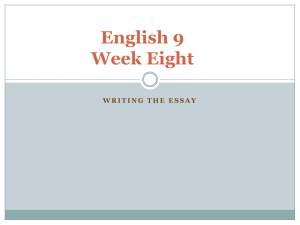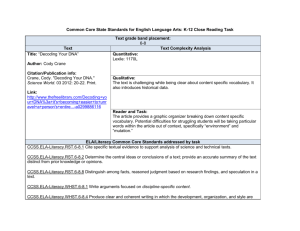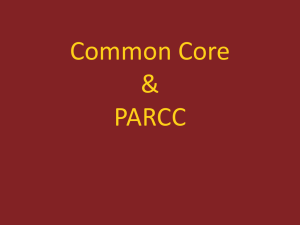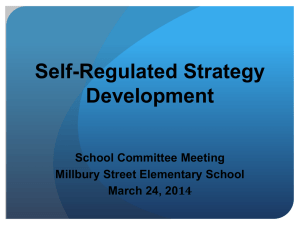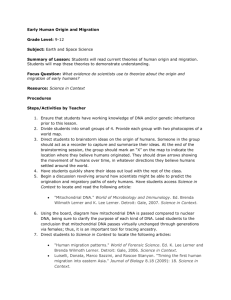Presentation
advertisement
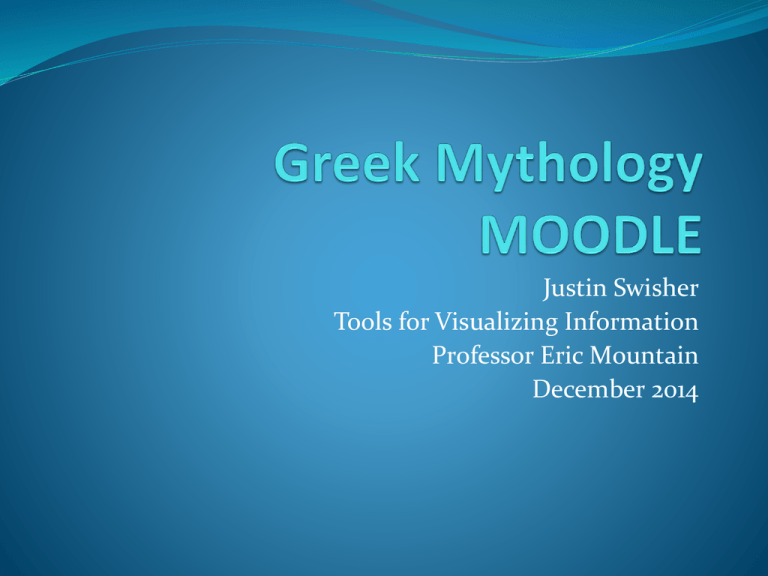
Justin Swisher Tools for Visualizing Information Professor Eric Mountain December 2014 General Information Project Purpose: To provide students the resources necessary to research, describe, and create myth stories. Audience: Sixth Grade Basic Skills Time Frame: Two weeks (10 class periods) General Information (continued) New Jersey State Standards Addressed: 6.2.8.D.3.d - Compare the golden ages of Greece, Rome, India, and China, and justify major achievements that represent world legacies. 6.2.8.D.3.f - Determine the extent to which religions, mythologies, and other belief systems shaped the values of classical societies. 6.2.8.D.2.a - Analyze the impact of religion on daily life, government, and culture in various ancient river valley civilizations. 6.2.8.D.4.b - Analyze how religion both unified and divided people. 8.1.8.A.3 - Create a multimedia presentation using sounds and images Core Content Standards Addressed: CCSS.ELA-Literacy.RH.6-8.1 Cite specific textual evidence to support analysis of primary and secondary sources. CCSS.ELA-Literacy.RH.6-8.2 Determine the central ideas or information of a primary or secondary source; provide an accurate summary of the source distinct from prior knowledge or opinions. CCSS.ELA-Literacy.RH.6-8.3 Identify key steps in a text’s description of a process related to history/social studies (e.g., how a bill becomes law, how interest rates are raised or lowered). CCSS.ELA-Literacy.RH.6-8.4 Determine the meaning of words and phrases as they are used in a text, including vocabulary specific to domains related to history/social studies. CCSS.ELA-Literacy.RH.6-8.5 Describe how a text presents information (e.g., sequentially, comparatively, causally). CCSS.ELA-Literacy.RH.6-8.6 Identify aspects of a text that reveal an author’s point of view or purpose (e.g., loaded language, inclusion or avoidance of particular facts). CCSS.ELA-Literacy.RH.6-8.7 Integrate visual information (e.g., in charts, graphs, photographs, videos, or maps) with other information in print and digital texts. CCSS.ELA-Literacy.RH.6-8.8 Distinguish among fact, opinion, and reasoned judgment in a text. CCSS.ELA-Literacy.RH.6-8.9 Analyze the relationship between a primary and secondary source on the same topic. CCSS.ELA-Literacy.RH.6-8.10 By the end of grade 8, read and comprehend history/social studies texts in the grades 6–8 text complexity band independently and proficiently. Brain Based Concepts Intelligence Activities Linguistic Sharing thoughts out loud Explaining / defending opinions Presenting myths and technology projects LogicalMathematical Describing why early Greeks used stories, rather than science, to understand the world. Musical Not applicable. BodilyKinesthetic Not applicable. Spatial Identifying Ancient Greece on a map Interpersonal Explaining why Greeks created myths to try and understand the world Intrapersonal Comparing modern tactics to explain the unknown with those of Ancient Greeks Brain Based Concepts Mind Styles Concrete Sequential - Each lesson builds upon the previous one - Assessment activities are very structured and clear - Very little down time Concrete Random - Discussion around the morality of Greek Gods' behavior - Hands-on nature of an online assignment Abstract Random - Delving into theories of how Greeks understood the world - Stories are independent learning opportunities Abstract Sequential - Discussion around the morality of Greek Gods' behavior Scaffolding Knowledge Level Activities Remembering - Define relevant key terms - Describe characteristics and traits of Greek gods - Recall settings in a story - Explain how Greeks used religion to explain natural phenomenons - Relate the way that Greeks viewed the unknown to the way that people in modern society view the unknown - Demonstrate understanding of myths through comprehension activities - Produce a media presentation displaying a visual aid to go along with a myth - Investigate how gods, like humans, were imperfect - Compare the traits of mortals with those of immortals - Describe a "tragic hero" - Discuss why Greek gods interacted with humans the way they did - Decide whether gods had justified reason to be cruel to humans - Compose a personal, modern interpretation of a myth - Create a media presentation displaying visual aid to go along with a myth Understanding Applying Analyzing Evaluating Creating Check Points Activity 1: What is a Myth / Persephone & Demeter / Quiz Activity 2: Using Myths to Understand the World / Beginning of the World / World Chart Activity 3: Role of the Greek Gods / Gods Chart / Mythological Glossary / Flow Chart Activity 4: Pandora’s Box / Comprehension Quiz Activity 5: Writing a Myth / Pre-Writing Questions / PreWriting Forum / Rough Draft Submission Works Cited Felder, Richard M., and Barbara A. Soloman. Learning Styles and Strategies. Rep. North Carolina State University, n.d. Web. 11 Oct. 2013. Gardner, H. (1983). Frames of Mind: The Theory of Multiple Intelligences. New York: Basic Books. Gregorc, A. Ph.D. (1985). Style Delineator. Columbia CT: Gregorc Associates, Inc. It's Greek to Me: Greek Mythology. N.p.: Mensa Education & Research Foundation, 2010. PDF. Moncrieffe, Karen. Understanding Myths and Legends. Bedfordshire, UK: Brilliant Publications, 2012. Print. Smith, Charles R., and P. Craig. Russell. The Mighty 12: Superheroes of Greek Myth. New York: Little, Brown, 2008. Print. Sousa, D. (2006). How The Brain Learns. 3rd Edition. California: Corwin Press, Inc. Worth-Baker, Marcia. Greek Mythology: Activities. New York: Scholastic, 2005. Print.

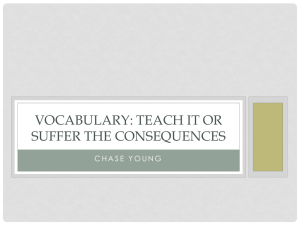
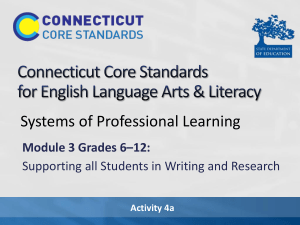
![iPads_and_Writing_2013[1]](http://s2.studylib.net/store/data/005383991_1-1bc8c0f2382c2ccb89e094c534f531f0-300x300.png)
